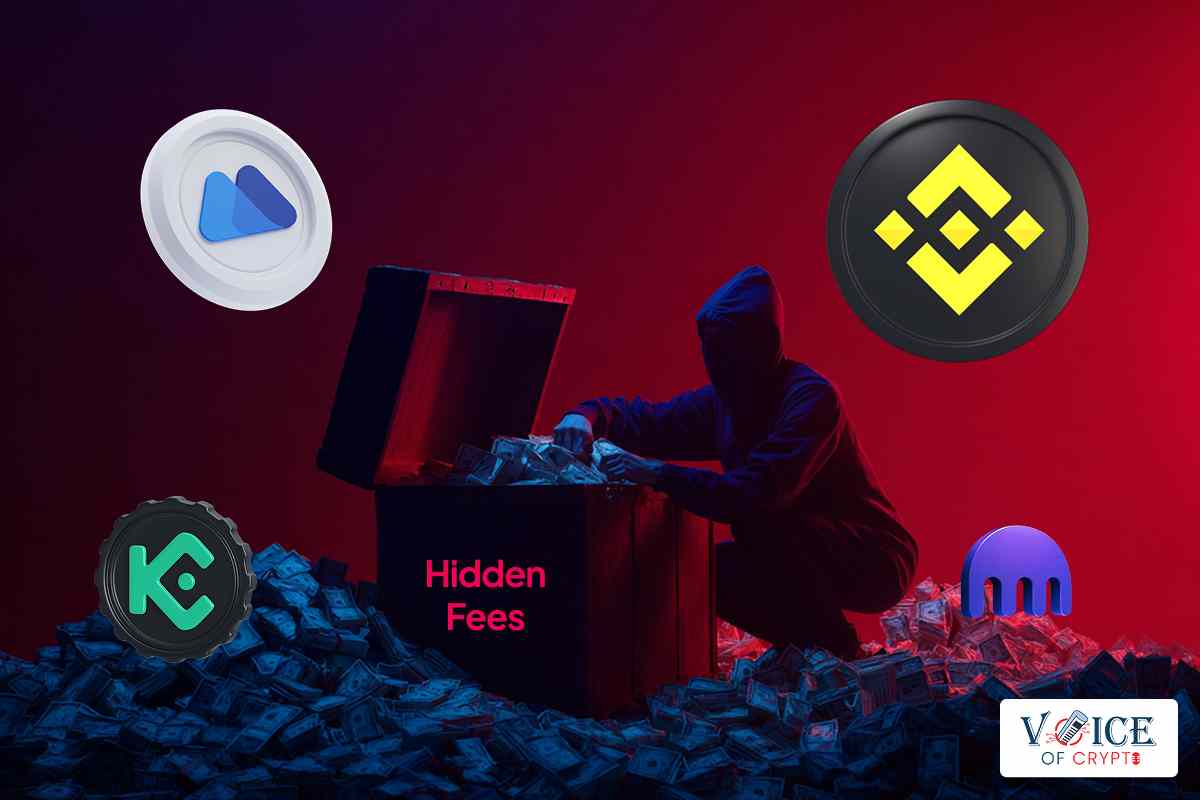As digital arts continue to experience growth in the crypto space, millions of people seek to understand NFTs. Non-fungible tokens, popularly known as NFTs, aren’t new in the crypto space; they have been around for a while. However, the relatively new technology rose to fame thanks to Bored Ape Yacht Club, Beeple , and CryptoPunks. Since then, NFTs have been widely accepted by big brands like McDonald’s, Nike, Adidas, Disney, and even celebrities.Â
NFTS can be easily bought with the cryptocurrency Ethereum in most cases. They represent items in real life, such as paintings, collectibles, music, designer sneakers, etc. If you’re familiar with cryptocurrencies and how they work, grasping the concept of NFTs won’t be difficult for you. However, if you’re a newbie in the crypto space, don’t fret, as this article discusses all you need to know about NFTs.
What are NFTs?
Non-fungible tokens are digital assets that are ideal and represent real-world items. They are crypto-assets represented in digital forms and are based on the blockchain network. For example, back in May 2021, the Charlie Bit My Finger Video sold for $760,000. Also, a picture of an NFTs bin sold for 252 thousand dollars. Â
Typically, the underlying software used in many cryptocurrencies is also used in encoding NFTs. Thanks to the software, people can conveniently and swiftly transfer NFTs from one wallet to another, like cryptocurrencies. However, unlike NFTs with unique properties, one Bitcoin is one Bitcoin.Â
Furthermore, NFTs are crypto tokens representing a set of metadata that are non-interchangeable and are stored on the blockchain network. The Ethereum blockchain is the most widely used blockchain for NFTs. Additionally, there are some NFT use cases which include:
- Non-generative arts
- Art
- Gaming
- Generative art
- Sport collectibles
- Â musicÂ
- Access parties, etc.
NFTs allow us to tokenize things of importance or sentimental value, like Jack Dorsey’s tweet that sold for almost $3 million. You can use the term “NFTs” to describe your first car, a song file, furniture, or computer. Although these items aren’t based on the blockchain network, they have unique properties.
Cryptocurrencies and NFTs have the same underlying software, but each has its own differences. For example, cryptocurrencies like Bitcoin and Ethereum are fungible because they can be replaced. This isn’t the case with NFTs, which are unique and can’t be replaced. That is to say, no two NFTs are the same.Â
Differences Between Cryptocurrencies and NFTs
As mentioned earlier, both cryptocurrencies and NFTs are blockchain-based, using similar standards and innovations. As such, they have their fair share of similarities. For instance, NFTs are considered a subset of crypto; thus, purchasing them requires crypto coins. Likewise, to sell NFTs, you need cryptocurrencies.Â
However, the significant difference between both terms is their names. Cryptocurrency is a currency, and currencies are fungible by nature. By this, we mean that if a person has a particular crypto coin—e.g., 1 BTC—it is identical to every other 1 BTC and holds the same value. Likewise, fungible tokens such as cryptocurrencies can be exchanged for one another, whereas this isn’t the case for NFTs.
One common NFT misconception is that NFT images are stored on the digital ledger. While a few NFTs projects, such as Chain Runners and Anonymice, store images locally, the majority of NFTs projects store images on external platforms. These platforms include Arweave and IPFS, with the link to the NFT image stored in the metadata. The metadata of each NFT project is typically stored on a digital ledger, the blockchain.
To Wrap It Up
Since November 2017, a whopping sum of over $17 billion has been used in trading NFTs. As a result, art enthusiasts are paying to own art pieces by their favorite digital artists, while artists are curbing the pirating of their works. Additionally, people are making it big with NFTs with play-to-earn games and trading NFTs.
Thanks to NFTs, we have an opportunity to enjoy the benefits of both digital and physical assets. Although we can always save the images of NFTs on our phones, owning an NFT gives buyers the opportunity to own a unique digital item. Also, they allow holders to be a part of a large community of like-minded people.








